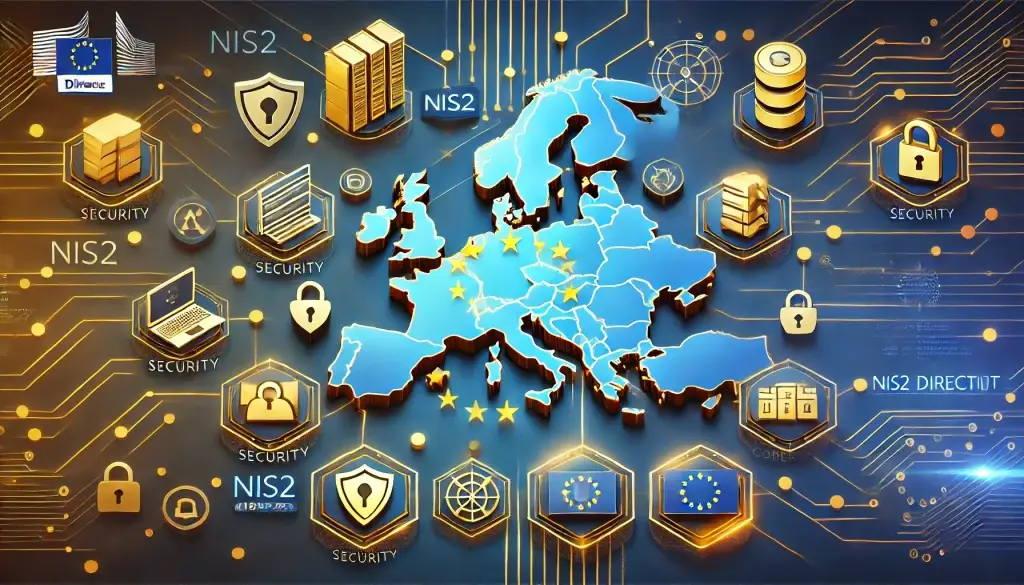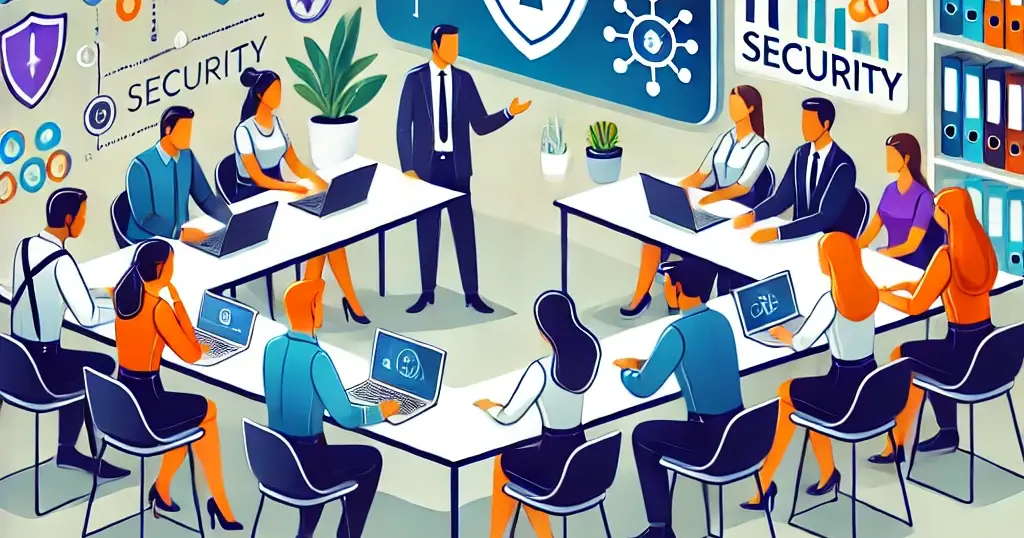Strengthening Cybersecurity Across the EU
In today’s interconnected world, cyber threats are becoming increasingly sophisticated and pervasive. The European Union has recognised the urgent need for robust cybersecurity measures, resulting in the creation of the NIS2 Directive. This landmark legislation is designed to strengthen the digital infrastructure of member states, ensuring resilience against cyberattacks and promoting consistent standards across the EU. With its far-reaching impact, the NIS2 Directive represents a crucial step towards a secure and sustainable digital future.
What is the NIS2 Directive?
The NIS2 Directive, or Network and Information Systems Directive, builds on its predecessor, NIS1. It addresses gaps in Europe’s cybersecurity framework by focusing on improving the security of critical entities and their digital networks. Unlike NIS1, which mainly targeted essential service providers such as those in the energy and transport sectors, NIS2 expands its scope to cover industries like healthcare, banking, and digital infrastructure. Its key objectives include enhancing cyber resilience, standardising incident reporting, and fostering a coordinated EU-wide response to cyber threats.
Who Does the NIS2 Directive Apply To?
A major change under NIS2 is its broader applicability. The directive now includes medium and large enterprises operating in critical or significant sectors. This encompasses industries such as cloud computing, data centres, public administration, and waste management. Organisations are assessed based on their size, role, and the potential economic or societal impact of disruptions. Smaller organisations with high-risk profiles may also fall under its remit, reflecting the directive’s comprehensive approach to bolstering cybersecurity.

Key Requirements Under NIS2
Organisations subject to the NIS2 Directive must comply with stringent requirements, including:
- Risk Management and Security Measures: Entities must implement robust protections tailored to their operations, including securing networks, supply chains, and sensitive data.
- Incident Reporting: Significant cyber incidents must be reported to authorities within 24 to 72 hours.
- Leadership Accountability: Senior management faces increased responsibilities, with potential liabilities for governance failures that result in breaches.
-
Implications for Organisations
Non-compliance with the NIS2 Directive can lead to severe penalties, including substantial fines and reputational harm. Organisations must take a proactive approach by aligning their practices with the directive’s mandates. This may involve overhauling outdated systems, improving monitoring capabilities, and fostering cross-departmental collaboration. The directive also emphasises the need for cybersecurity awareness at all levels, urging organisations to adopt proactive, rather than reactive, strategies.
Steps to Prepare for NIS2 Compliance
A structured approach is essential for preparing for NIS2 compliance. Key steps include:
- Conduct a Risk Assessment: Identify vulnerabilities and gaps in your current cybersecurity framework.
- Implement Technical and Organisational Measures: Secure networks with firewalls, encryption, and incident response plans. Regular audits are essential.
- Train Employees: Promote a culture of cybersecurity awareness through regular training.
- Seek Expert Guidance: Consulting with cybersecurity specialists can help address complex compliance requirements.
Key Measures Companies Must Implement
To meet the directive’s requirements, organisations should focus on the following:
-
Risk Management Frameworks:
- Conduct comprehensive risk assessments to identify and mitigate vulnerabilities.
- Regularly update cybersecurity strategies to address evolving threats.
-
Incident Detection and Response:
- Use advanced threat detection tools like intrusion detection systems and SIEM platforms.
- Develop and maintain an incident response plan with clear protocols.
-
Secure Supply Chain Practices:
- Evaluate third-party vendors’ cybersecurity measures.
- Include NIS2-aligned security standards in supplier contracts.
-
Data Protection and Encryption:
- Use encryption for sensitive data at rest and in transit.
- Implement strong access controls and multi-factor authentication.
-
Cybersecurity Training:
- Train employees regularly to recognise threats such as phishing.
- Foster organisation-wide awareness of cybersecurity best practices.
-
Governance and Accountability:
- Assign specific cybersecurity responsibilities within the organisation.
- Make cybersecurity a regular agenda item in leadership discussions.
-
Incident Reporting Mechanisms:
- Establish efficient reporting channels for notifying authorities.
- Test mechanisms with simulated breach exercises.
-
Ongoing Monitoring and Auditing:
- Invest in tools to monitor network activity and detect anomalies.
- Conduct periodic audits to ensure compliance and identify improvements.
Building a Resilient Digital Europe
The NIS2 Directive is a significant milestone in harmonising cybersecurity standards across the EU. By fostering collaboration, enhancing resilience, and holding organisations accountable, it seeks to create a more secure digital environment for all member states. Organisations that embrace its principles will not only achieve compliance but also strengthen their operational resilience against emerging cyber threats. Now is the time to act—engaging with the NIS2 requirements will help ensure your organisation is prepared for the future and contributes to a safer, more resilient digital Europe.
Contact us today to learn how we can assist you in achieving NIS2 compliance.


 Mozilla Corporation has implemented new technology by creating a Firefox extension in an effort to isolate specific social media data collection and improve the security of web browsing users.
Mozilla Corporation has implemented new technology by creating a Firefox extension in an effort to isolate specific social media data collection and improve the security of web browsing users.